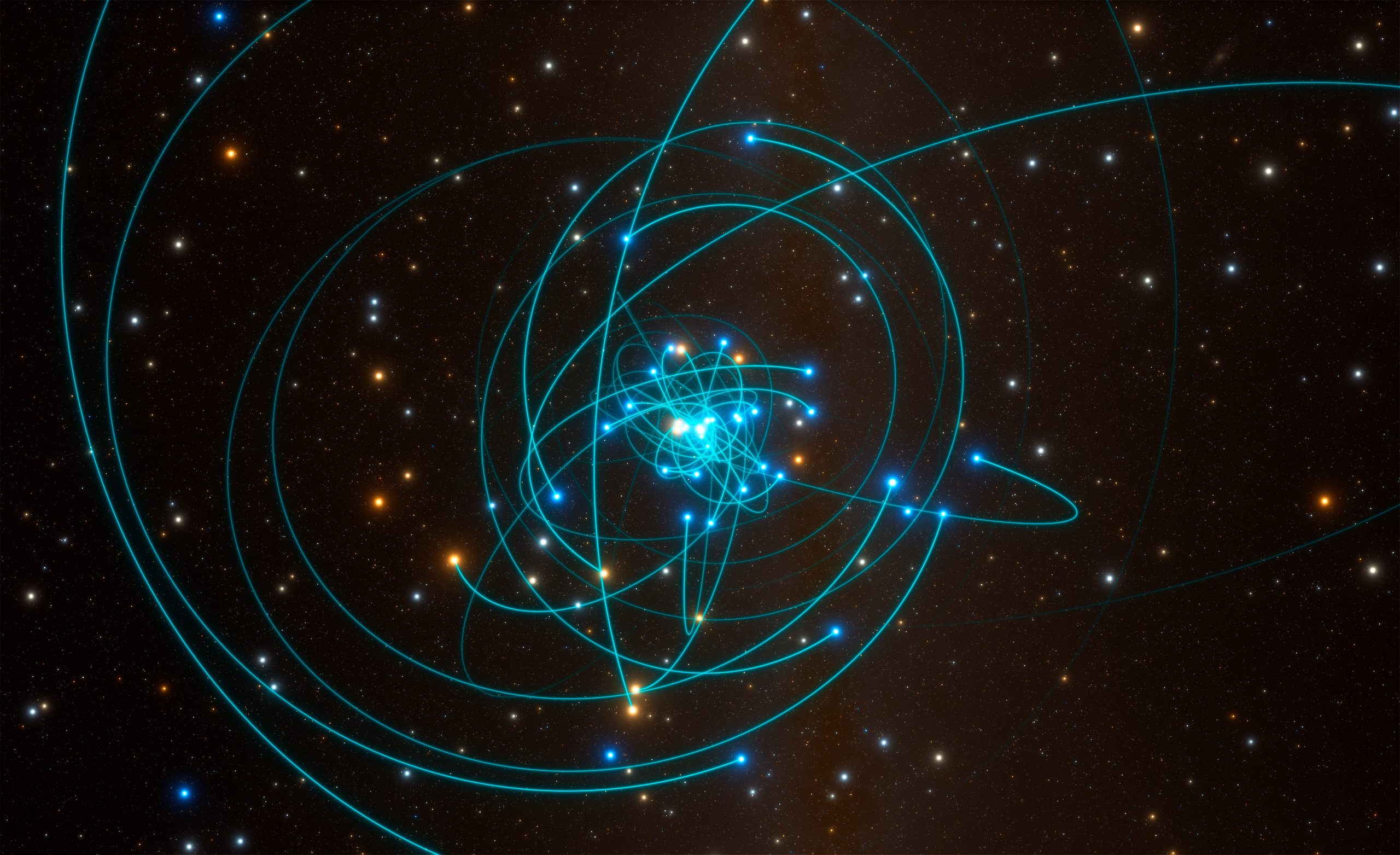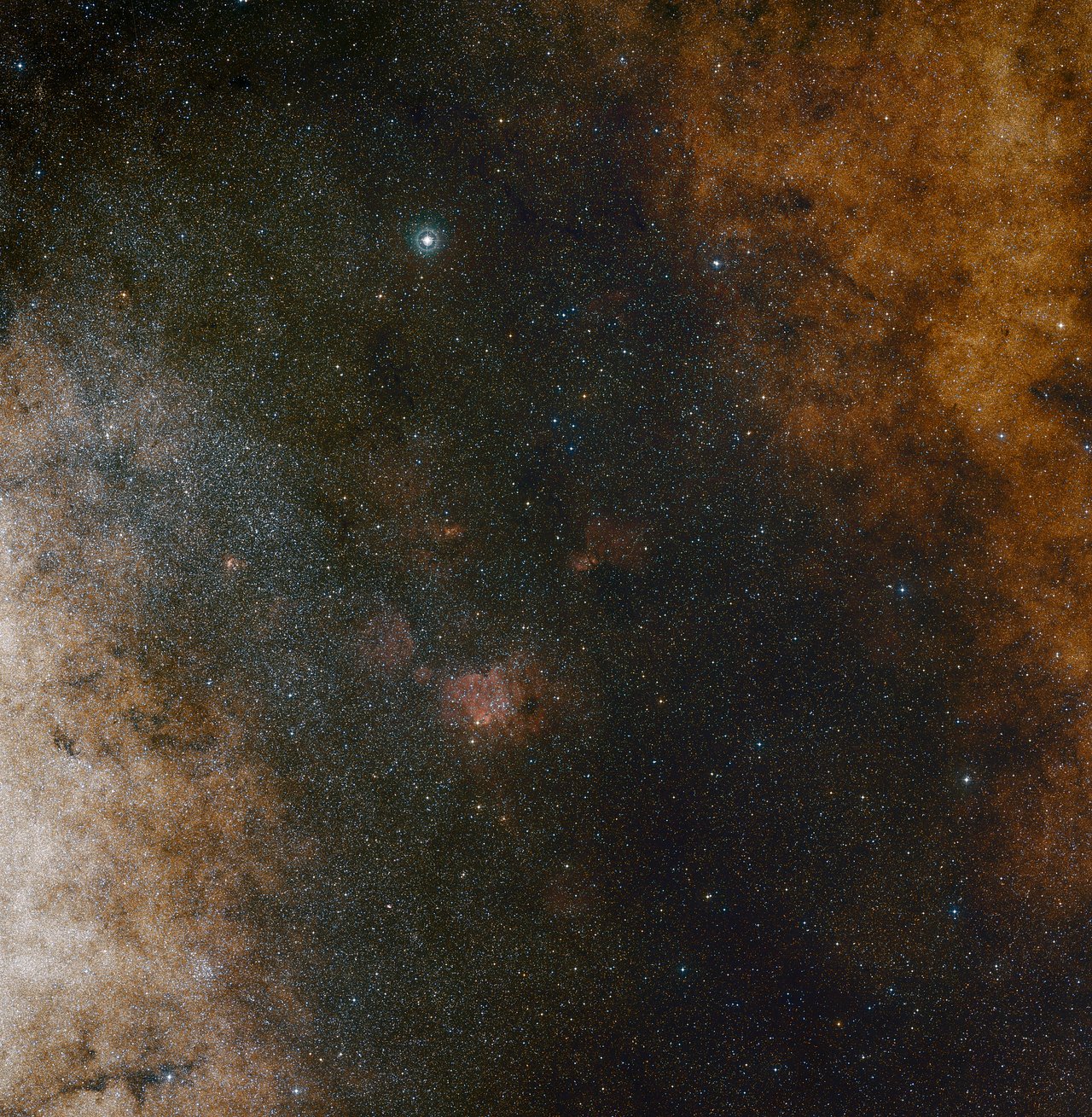Einstein was right – and Sagittarius A* is a giant black hole
Physical theories have one downside that physicists are very aware of: they cannot be proven true for always. Instead, they can be considered correct just until someone can demonstrate that they’re wrong. That applies to Einstein’s theories too. His General Theory of Relativity, however, has been amazingly robust so far. Einstein himself proposed three tests for his revolutionary theory, which wasn’t based on experimental findings, but on an almost philosophical line of thinking.
His first test concerned the orbit on which the planet Mercury moved around the Sun. Its point closest to the sun (perihelion) changes in a very specific way, which should be able to be accurately calculated using the General Theory of Relativity. This test confirmed the theory’s predictions back in 1916. The other tests had to wait longer, because technology had to make enough progress to be able to perform them – or because the processes the tests were measuring were rather slow. For example, astronomers had to track the orbit of a star around the black hole, Sagittarius A*, at the heart of the Milky Way for more than 25 years to be able to verify the perihelion precession predicted by the General Theory of Relativity.
The name of the star in question here is S2. It orbits the black hole once every 16 years, moving at almost three percent of the speed of light, and its closest approach to Sgr A* is only 122 astronomical units. In a new paper, a research team reports that the point of S2’s orbit that is closest to the central object also continuously move, turning the elliptical orbit into a rosette shape. This simultaneously provides further proof of what Sgr A* actually is: “This observational breakthrough strengthens the evidence that Sgr A* must be a supermassive black hole of 4 million times the mass of the sun,” says Reinhard Genzel, director of the Max Planck Institute for Extraterrestrial Physics (MPE) in Garching, Germany and initiator of the 30-year-long project that led to this result.
What’s next for S2? Researchers will hopefully be able to perform many new measurements on it, because right now it doesn’t appear that it is in any danger of being swallowed up by the black hole any time soon. For that to happen, it would have to approach Sgr A* closer than approximately the distance of Mars’s orbit. Since the black hole is about 15 times larger than our Sun, the sights from S2 must be very impressive at this current (distant) moment.


